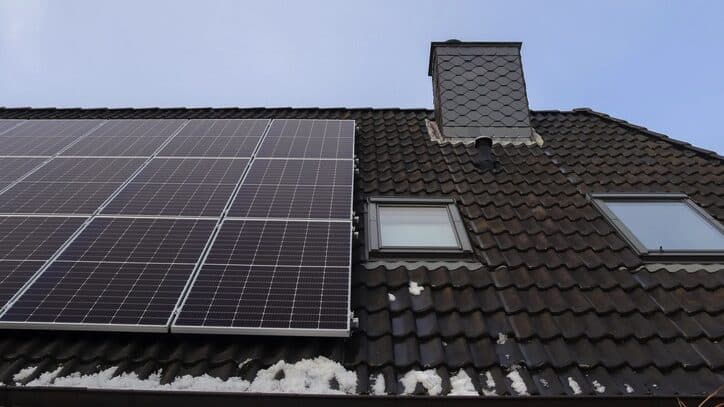At the recent COP26 Conference we saw heads of state and negotiating teams try to progress the role we all need to play to combat climate change. Clearly, tackling this global issue needs all the key players on board, but daily we are all embracing small lifestyle changes that will add up to making a big difference.
Being in the heart of a National Park and as both estate agents and locals the team at Spencers are aware of our role to keep the forest as healthy as possible for future generations and we’re increasingly discussing with prospective buyers their wishes to live as environmentally efficient as possible.
However, it is typically still only the most affluent eco-conscious buyers who are prepared to pay more for a ‘green’ home. That price is reflected in the considerable expense of investing in a range of renewable technologies that will future proof your home for decades to come.
Whilst the government gets a gentle round of applause for its Domestic Renewable Heat Incentive schemes that cover heat pumps, solar and biomass boilers they are still reliant on increasingly stretched households shouldering a hefty financial burden. As is often the case, more needs to be done.
The question is how to generate the demand and cover the additional cost to build these homes. Better mortgage rates for more energy-efficient homes may help increase demand. But changes to government policy and incentives such as stamp duty exceptions could be used to increase demand.
There are of course a range of lower-cost changes we can make in creating a more energy-efficient home. From up-front investment into double, or triple glazing windows, installing solar panels or upgrading your boiler. Next is your home’s running costs where bills can be reduced through LED lighting or water-saving devices – there are plenty of inspiring articles online with tips to make your green halo shine.

With housing generating around 40% of all UK carbon emissions and given that we’re in both a climate and housing crisis with a lack of affordable homes moving to more sustainable methods of construction and building more sustainable homes seems like a solution to both. This, coupled with ever-improving technology and government incentives that work economically and we might start to hit those ambitious carbon neutral targets.
But with Christmas just around the corner, how can we make this year as eco-friendly as possible? We are all aware of just how important it is to make every effort we can to be more sustainable – and for many of us, that starts at home.
Small changes can make all the difference in reducing our environmental footprint, especially over Christmas, when the potential for waste, overconsumption and mass shopping is high.
A real Christmas tree is actually much more sustainable than the artificial alternatives. In fact, one study concluded you would have to use your fake tree for 20 years for it to be greener. That said, seven million real trees will be dumped in January rather than recycled. You could go one further when it comes to an eco-friendly Christmas tree by renting a real tree from a British farm! After Christmas, go to recyclenow to find out about drop-off points in your area, where your old tree will be recycled into chippings for local parks and woodland areas. Alternatively, take it to your local dump where you can add it to the other green waste or chop it up and stack the wood in your garden to create a habitat for birds and bugs.
Wrapping paper. Whilst there is nothing better than beautifully wrapped gifts under the tree, but this year why not consider wrapping gifts with recycled paper or fabric. What many of us don’t realise though is that many rolls contain non-recyclable elements like foil, glitter or plastic. If you want to know if your wrapping paper can be recycled or not, use a simple scrunch test! Scrunch up the paper in your hands and then let it go. If the paper stays scrunched up then it can be recycled but, if it unfolds by its own accord, then it contains non-recyclable elements.
A quarter of us no longer write Christmas cards, but there is a way to send season’s greetings without costing the planet by sending digital or forest-friendly cards. Look for cards with the Forest Stewardship Council (FSC) mark. This guarantees the paper has been produced sustainably and ethically.
Buy your food this Christmas from local producers. Use the annual gastronomic extravaganza as an opportunity to show your support for the brilliant ethical small-scale producers. With so many small scale food producers across the New Forest, you will be spoilt for choice.
If every UK household swapped a string of incandescent lights for its LED equivalent, we could save more than £11 million and 29,000 tonnes of CO2, just over the 12 days of Christmas!
Make a new family tradition this year to go green…
Have a wonderful green Christmas from the team at Spencers